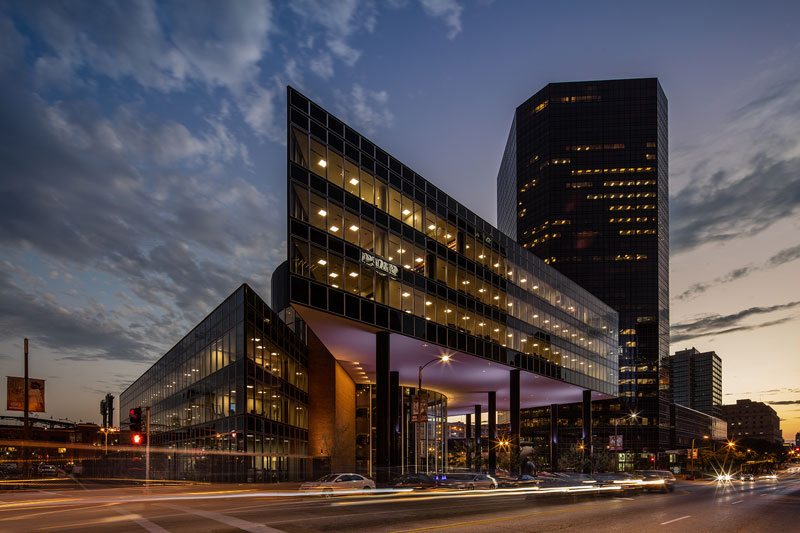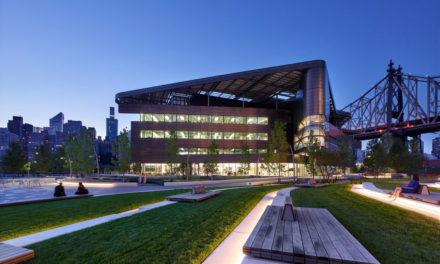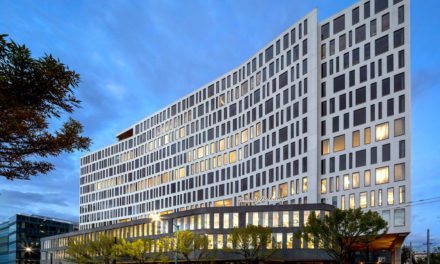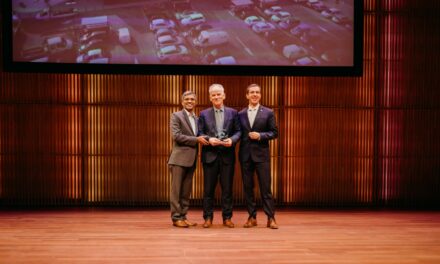Spire Building advances communities by using environmentally friendly and sustainable practices across the company. These practices were recently recognized with LEED Gold Certification by the U.S. Green Building Council for the office space at 700 Market in St. Louis. Spire worked with Arcturis, Tarlton and the Koman Group to go above and beyond with the green design and sustainable construction practices.
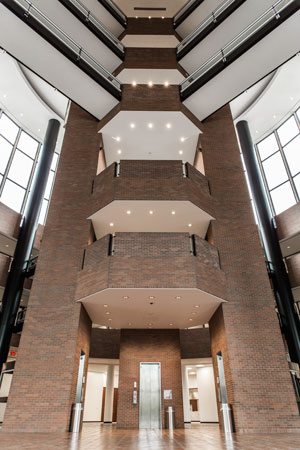
Credit: Spire Inc.
“We are proud to have achieved LEED Gold and to provide a healthy and sustainable environment for our employees,” said Spire President and CEO Suzanne Sitherwood. “It is our responsibility to be good stewards of our environment and we believe this commitment starts at home. When we moved into our new offices at 700 Market we wanted to bring this historic building back to life and make it an even better space for our employees, our community and our environment.”
“Achieving LEED Gold for this iconic building that serves as Spire’s St. Louis anchor is a noteworthy achievement,” said Rick Fedrizzi, CEO and founding chair, U.S. Green Building Council. “Spire has made a significant contribution to downtown St. Louis by repurposing this beautiful Postmodern building. Simultaneously it is investing in its employees’ comfort and well-being with an interior space that’s filled with daylight and cleaner, fresher air. Add to that the operational efficiencies of saving energy and water and reducing waste, and you have the kind of leadership that sets a high bar for next generation corporate leaders.”
The building at 700 Market was designed by architect Philip Johnson and is on the National Register of Historic Places. Bringing sustainable practices to historical buildings can be more challenging as some features of the building cannot be changed. Spire is proud to be one of six LEED certified projects in historic buildings within St. Louis.
Green design and construction features at Spire include:
- Use of materials with low-volatile organic compounds so employees can breathe easier
- Energy-saving LED lighting throughout the building
- Extensive use of recycled building materials
- An automated window shade system that adjusts based on light, season and room usage
- Water bottle filling stations that encourage reusable bottles and water efficient faucets
- Water purification system to provide fresh and healthy water for employees and guests
- Lighting that maximizes daylight and adjusts based on room usage
- Diversion of more than half of the construction waste from landfills
- Strong internal recycling protocols
About LEED
The LEED green building certification system is the world’s most widely used program for the design, construction, maintenance and operations of green buildings. Today, there are nearly 75,000 commercial projects and more than 200,000 residential units participating in LEED across the globe, with 1.85 million square feet of building space becoming LEED-certified every day.
Green construction is a large economic driver. According to the 2015 USGBC Green Building Economic Impact Study, green construction will account for more than 3.3 million U.S. jobs—more than one-third of the entire U.S. construction sector—and generate $190.3 billion in labor earnings. The industry’s direct contribution to the U.S. gross domestic product (GDP) is also expected to reach $303.5 billion from 2015–2018. For more information about the LEED credits visit: www.usgbc.org/LEED.
About Spire
Spire Inc. believes energy exists to help make people’s lives better. Spire says it is a simple idea, but one that’s at the heart of its company. Every day Spire serve 1.56 million customers making it the fifth largest publicly traded natural gas company in the country. They help families and business owners fuel their daily lives through their regulated utilities – Laclede Gas, Missouri Gas Energy and Alagasco. Their non-regulated businesses Laclede Energy Resources and Spire Natural Gas Fueling Solutions provide energy solutions to other natural gas users. Spire Inc. says they are committed to transforming their business and pursuing growth by 1) growing their gas utility business through prudent infrastructure upgrades and organic growth initiatives; 2) acquiring and integrating gas utilities; 3) modernizing their gas supply assets, and 4) investing in innovation. Learn more at www.spireenergy.com.

